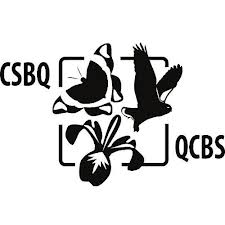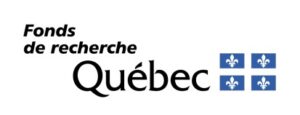Chase P. Carreau

Université du Québec à Montréal
M.Sc. candidate
Supervisor: Denis Réale
Anne Charmantier
Start: 2021-10-18
End: 2024-05-24
M.Sc. candidate
Supervisor: Denis Réale
Anne Charmantier
Start: 2021-10-18
End: 2024-05-24
Project
TESTING THE VAN-NOORDWJIK AND DE JONG MODEL IN FOUR BLUE-TIT POPULATIONS WITH CONTRASTED ENVIRONMENTSAn organism’s ability to acquire resources from the environment determines how much energy it can allocate to biological functions. Since the energy available to invest in biological functions is limited, it should result in trade-offs. In nature, trade-offs are frequently detected at the within-individual level, although there is little evidence for such trade-offs at the among-individual level. In 1986, van Noordwijk and de Jong proposed a model explaining why trade-offs in nature are frequently undetected at the phenotypic level. They proposed that when among-individual variation in acquisition (Vaq) is higher than variation in allocation (Val), no trade-off should be detected and vice versa. We investigated the relationship between Vaq and Val and the trade-off between quantity (number) and quality (size) of offspring in four populations of Mediterranean Eurasian blue tits Cyanistes caeruleus. Most studies investigating the quantity-quality trade-off to date, have used simple phenotypic correlations or linear models in their analysis. In this study, we used bivariate mixed-effect models. Our method allowed us to account for repeated measurements, and to search for correlations at various levels of variation, within the same population, using multiple covariates. Our approach showed the occurrence of both a trade-off and a positive correlation, and of trade-offs at multiple levels of variance in the same population. We found a trade-off at the level of the residuals in three out of four populations, and a trade-off at the among-female level in one population. These results show evidence for the idea that the quantity-quality trade-off is mostly found at the within-individual. Additionally, the two evergreen populations showed a positive correlation among years, showing the strong interannual variation in resource acquisition by breeding birds who produce smaller and fewer offspring when the environment is harsher. Finally, we found little to no evidence for the van Noordwijk and de Jong model, since a higher variance in acquisition did not decrease the ability to detect the quantity-quality trade-off. Instead, we detected the strongest evidence for a trade-off where Vaq was highest. We also detected trade-offs where Vaq was lowest. Thus, we found little support for the van Noordwijk and de Jong prediction that Val>Vaq guaranties the detection of the trade-off.

